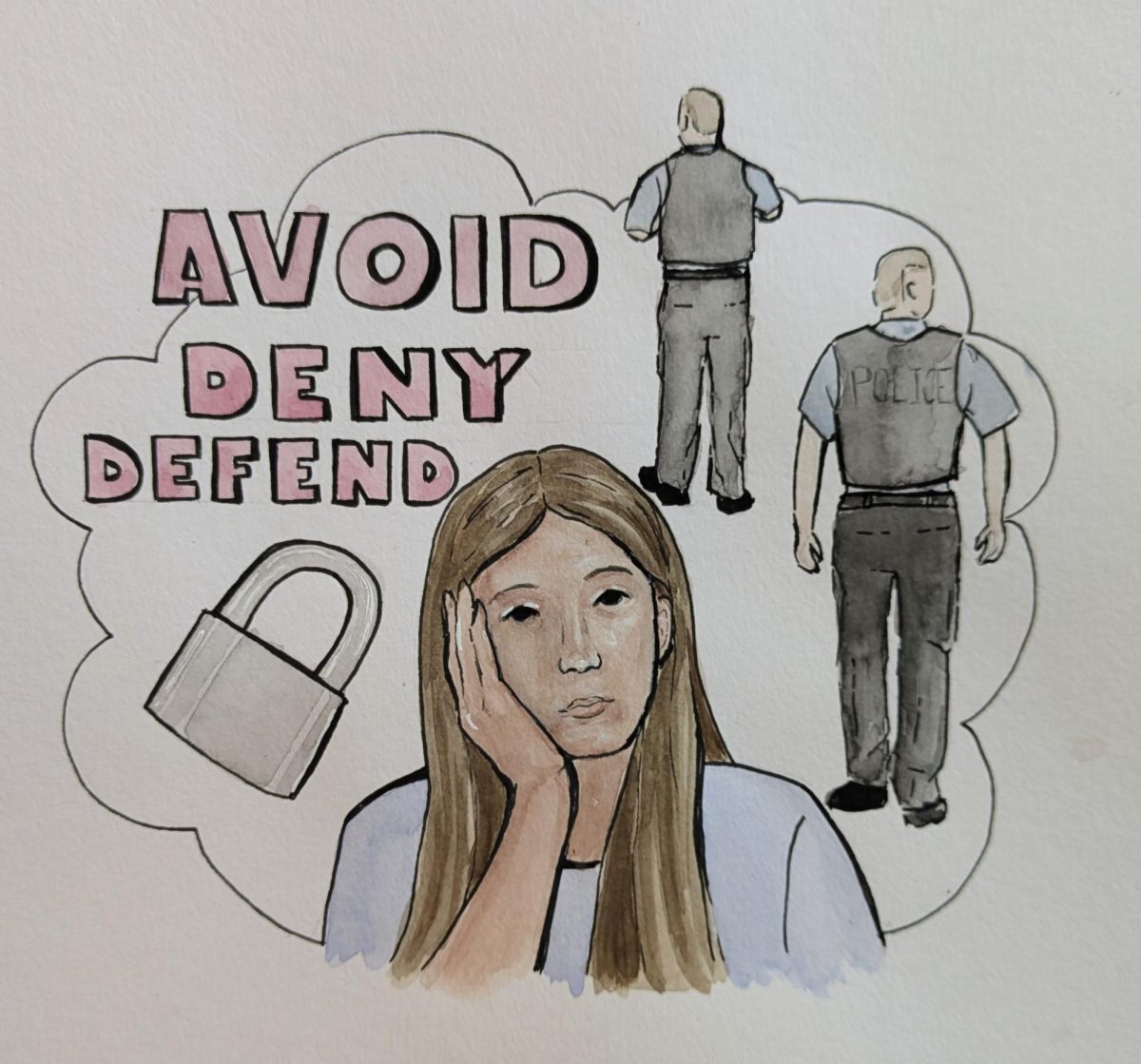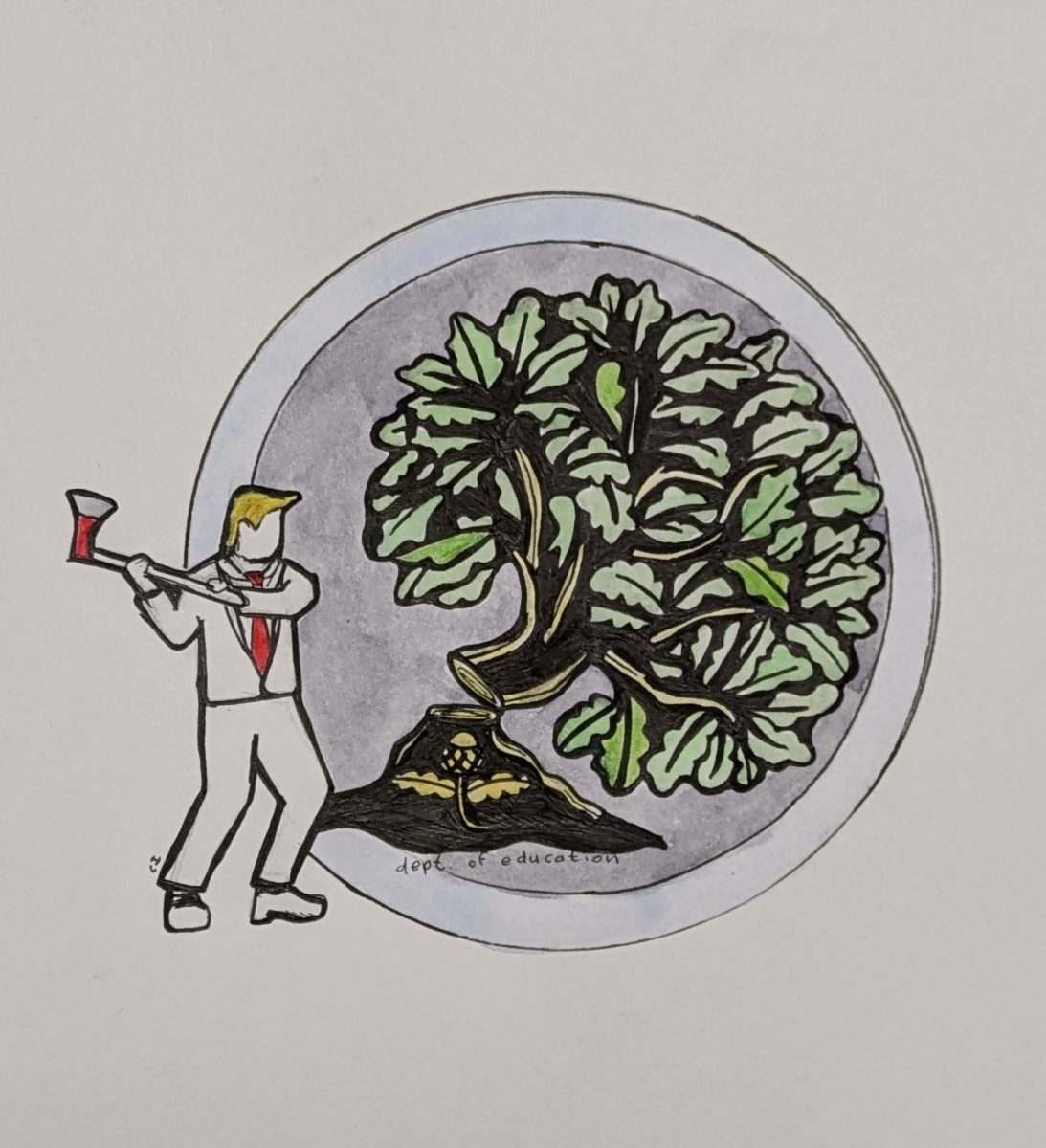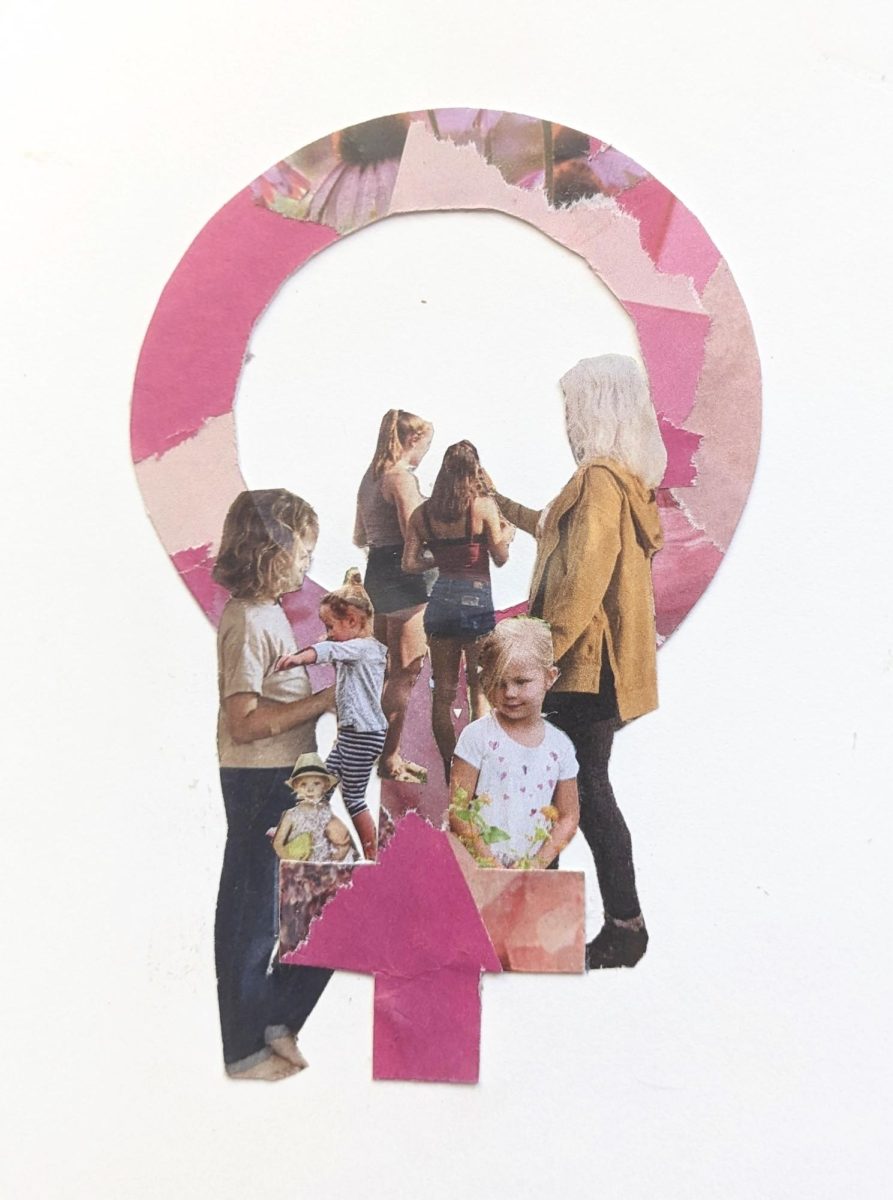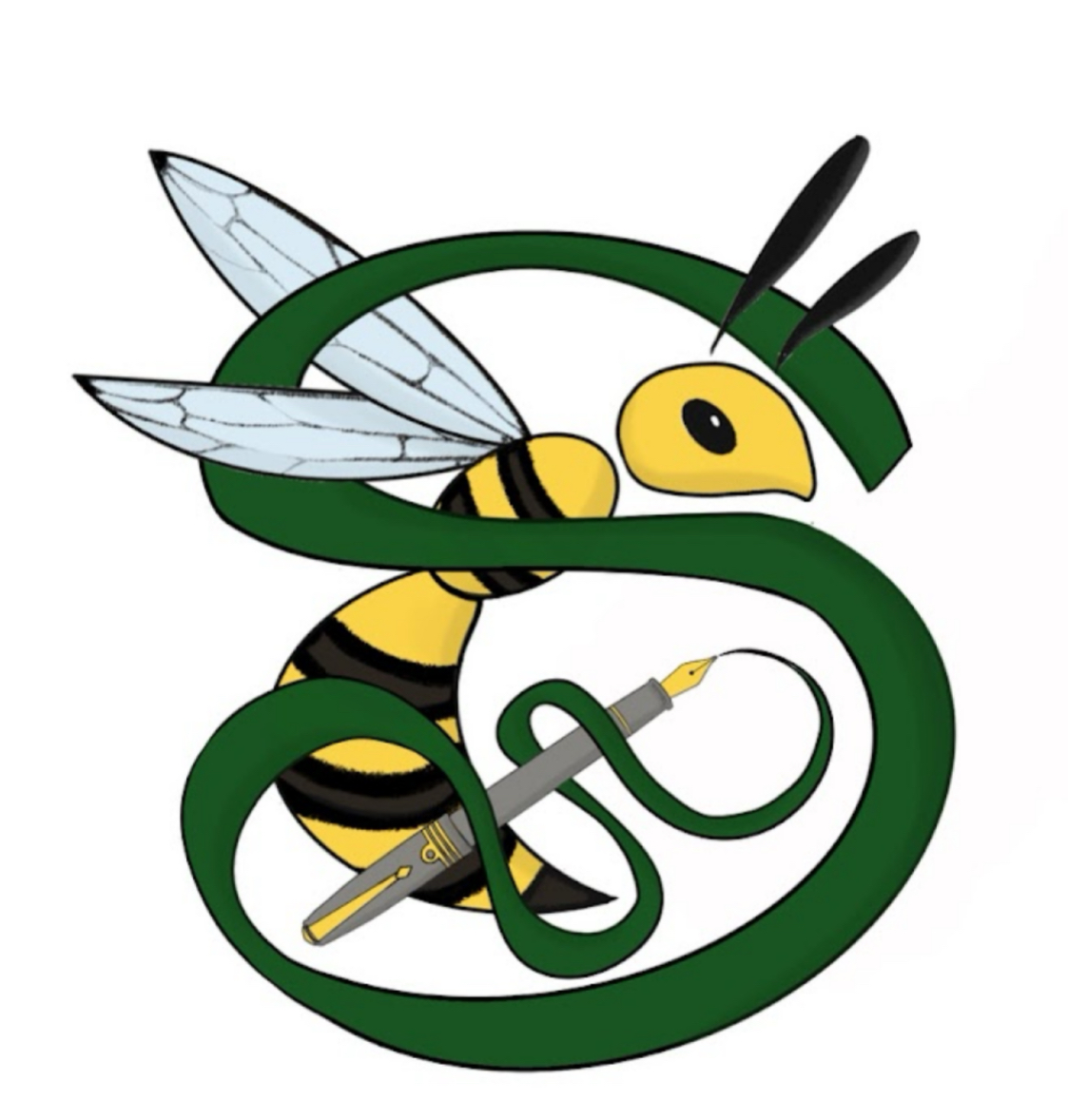Many students didn’t go back to school this fall. And they still shouldn’t.
Just a few months ago in March, the East Penn School District made the administrative decision to close all schools in lieu of the coronavirus, with a mere 2,410 cases in the U.S. as of March 18, according to The New York Times. And yet, miraculously, after an incessant push from parents with children in the district, EPSD has elected to reopen all schools with a ripe 36,047 cases in the U.S. as of Aug. 25.
It’s no mystery that the information accessible to the public in March is far outweighed by the information that is currently known and constantly updated. Now, six months later, with a total of 79.6 million coronavirus tests administered in the U.S. as of Aug. 27, the emanating danger that the virus still poses is just as true.
A recent study conducted by the Virginia Commonwealth University of Medicine and University of Toronto Medicine observed that coronavirus death rates across 198 countries were significantly lowered with government policies favoring masks. According to the CDC, “Social distancing helps limit opportunities to come in contact with contaminated surfaces and infected people outside of the home.” Masks and social distancing do not serve as immunity shields to the virus; these precautions help slow the spread and lower the risk of contamination. University of California Davis says wearing a mask reduces the risk by 65%, and CNN Health says that physical distancing lowers the chance of transmission by about three percent– but are these numbers low enough to ensure the absolute safety of students?
The hybrid learning model for Emmaus High School went into effect on Oct. 26. Yet, prior to EHS’s reopening, Parkland School District, which has implemented hybrid learning throughout all grade levels, released two statements on Sept. 6 and Oct. 2 notifying the community that two individuals have tested positive for COVID-19. On Sept. 26, EPSD released an alert that an individual at Wescosville Elementary tested positive for COVID-19. A week later, on Oct. 3, another individual tested positive. Just one and half months shy into the 2020-2021 school year, both school districts are reporting cases. Alburtis Elementary has also reported a COVID-19 case. And one day prior to reopening, EPSD announced that a player on the EHS varsity girls soccer team also tested positive. It’s clear that as students begin to congregate and attempt to return to the life that existed before COVID-19, cases will undoubtedly rise. On Oct. 29, just three days into modified in-person learning, an individual tested positive for COVID-19 at EHS. Later that day, two more individuals from Shoemaker Elementary School tested positive as well. There are now seven total cases associated with EPSD faculty, staff and students. Earlier this week, on Nov. 10, after another individual tested positive at EHS, EPSD made the executive decision to close the high school for five days. During the EPSD school board meeting on Nov. 9, it was determined that although the number of cases at EHS are rising, the students’ attendance is not affecting their health, and the COVID-19 cases are a result of external exposure.
I say the health of the East Penn community is at risk.
The current proximity between students in the primary schools is monitored and the capacity of the schools has been cut in half. Yet, even with these measures, the amount of students attending in-person learning on the primary level is in the hundreds. The hybrid schedule attempts to slim down the number of students in the building, however with a model that is already clearly failing at the primary schools that have fewer students and smaller class sizes, it’s easy to predict the failure of the hybrid model at EHS. Larger student populations and larger grade level class sizes mean larger classes and, generally, more students. Larger schools will face greater hurdles than smaller ones as they wait out case spikes in major cities and concerns grow about more outbreaks.
While the district debated for months about safety concerns, parents and teachers alike came down on both sides of the issue, concerned both about the virus spread and about their childrens’ well-being and learning loss. Abandoning hybrid learning is easier said than done. According to the Boston Globe, up to 30% of the nation is expected to try hybrid learning models. As each family adjusts to a world where coronavirus dictates our every move, staying home for school isn’t always plausible. Daytime childcare can be expensive, long days spent alone can take serious tolls on mental health, and the quality of learning is arguably minimized. Alburtis kindergarten teacher Pamela Briody feels that in-person learning is critical to the success of her students.
“I would love, love, love to have my whole class together eventually. I feel it’s really important to get our A and B groups together so they can really see and hear one another,” says Briody.
She believes that her students’ true potential for learning is stunted by the online model, and hopes that the hybrid model will aid in that challenge.
“I feel like we’re not connecting, we’re all just tiny boxes on a screen. But I’m so glad to be with them and working with the kids, it makes such a difference,” she says. “They all want to learn, and once you make the connection they really blossom. Everyday we wake up and we get another day together.”
Lunch breaks when masks must be removed are another cause for concern. The latest studies cited in the Federation of European Heating, Ventilation and Air Conditioning Associations guidance revealed that aerosol transmission of COVID-19 is probable. According to REHVA, the size of a coronavirus particle is 80-160 nanometers, and can remain actively airborne for many hours, or even days, while traveling long distances carried by air flows such as air duct ventilation. Airborne transmission has caused infections of SARS (an earlier coronavirus outbreak) in the past. Of course it is likely that HEPA filters will remove a high percentage of contaminated airborne particles, but nevertheless, air is always a blend. Thus, there is always a risk.
Madison Friend, currently a senior enrolled in the hybrid model at EHS, feels that some of her peers are not taking the proper precautions.
“I feel it’s only ok [to remove the mask] when we’re eating and even then there’s a risk factor,” says Friend. “The idea of taking masks off in a closed room while everyone is so close makes me kind of uncomfortable.”
Fellow senior, Eve Levy, a fully remote student, anticipated in-person learning– but felt anxious in regards to how it would operate.
“My greatest concern for the rest of the school year is if hybrid will become a permanent program or not. I feel as though I work better in an in person environment, but as of right now I feel a lot more comfortable in remote,” Levy says. “As much as everybody wants to go back to normal, although hybrid may help, I don’t know for sure [if] it will ever be 100 percent normal again.”
There is currently no federal effort to track COVID-19 cases in schools, but many districts are finding themselves pushing to get students back into the classroom. The Lehigh Valley isn’t faring well in the battle against coronavirus. As of Nov. 12, the Pennsylvania Department of Health reported an increase in over 5,000 new COVID-19 cases, marking the third day in a row of making a new record for a single-day case increase. Reopening may be going seemingly smoothly in PA, across the country schools are experiencing the detrimental effects of returning to the classroom. The Los Angeles Unified School District told the Los Angeles Times that it’s now projected for students to return to school anytime after January in lieu of the extreme spike in cases after their reopening. On Oct. 22, Boston Public Schools released a statement that about 50,000 students would be enrolling in remote learning, including special needs students no longer meeting in the public school buildings. Prolonging the time spent in school this fall will inevitably prolong the return to the classroom in the future.
Both hybrid and remote learning make it difficult for teachers to deliver instruction in a meaningful way. There are a lot of moving parts when it comes to handling the challenges associated with each of these models, but teachers are doing their very best. Adapting to a new teaching environment as well as learning a new set of tools to cater to the online classroom in only a few weeks doesn’t come without difficulty. Understanding the strenuous task of catering to both virtual and physical students that teachers must balance is important.
Is there no good option? There may not be. Online learning presents families with possible financial difficulties, defective learning strategies and stressors on mental health. In-person learning could risk the safety and health of students, faculty, friends, and family. Sometimes the right option isn’t the good option. Students and teachers alike want to go out with friends and see someone’s smile from closer than six feet. Seeing friends or making new ones in classes and clubs is surely missed by us all. There may be no good option right now, but the right thing to do is stay home and stop the spread. The battle against coronavirus is a waiting game, but I believe all good things always come in time.











